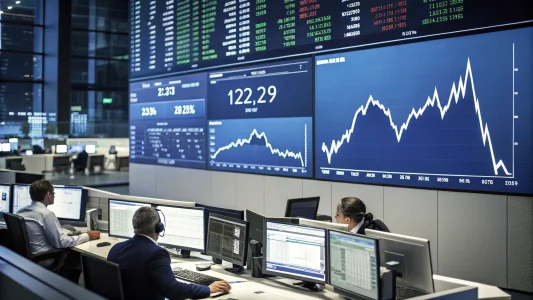The Role of Your Checking Account
Checking accounts are designed primarily as transaction accounts for managing day-to-day expenses. Financial advisors recommend that checking accounts should contain sufficient funds to cover monthly bills and regular expenses, plus a modest buffer for unexpected costs.
This buffer amount varies based on individual circumstances, but generally ranges from $500 to one month’s worth of expenses. Keeping excess funds in a checking account beyond this amount typically means missing out on potential interest earnings.
Most checking accounts offer minimal or no interest on balances, making them inefficient vehicles for storing money not needed for immediate expenses. The primary benefits of checking accounts include:
- Easy access to funds for bill payments
- Debit card transactions for daily purchases
- Check-writing capabilities
- Direct deposit options
Leveraging High-Yield Savings Accounts
Money not required for day-to-day transactions can work harder in a high-yield savings account. These accounts typically offer interest rates significantly higher than traditional savings or checking accounts, allowing idle funds to grow over time.
“A high-yield savings account can help ensure money you don’t need daily is earning interest,” notes banking analysts who track consumer financial behaviors. This approach creates a dual benefit: funds remain relatively accessible while simultaneously generating returns.
The current high-interest rate environment has made high-yield savings accounts particularly attractive, with some online banks offering annual percentage yields (APYs) exceeding 4% — substantially higher than the national average for standard savings accounts.
Finding the Right Balance
Financial planners recommend reviewing account balances monthly to identify excess funds that could be transferred from checking to savings. This regular rebalancing helps optimize the earning potential of personal finances without compromising access to necessary funds.
For most households, maintaining three to six months of expenses in high-yield savings accounts provides both emergency protection and interest-earning potential. Additional savings beyond this emergency fund might be directed toward other financial goals or investment vehicles, depending on time horizons and risk tolerance.
Digital banking tools have simplified the process of transferring money between accounts, making it easier than ever to maintain optimal balances in both checking and savings accounts. Many banks offer automatic transfer features that can move predetermined amounts from checking to savings on a regular schedule.
By understanding the distinct purposes of checking and savings accounts and strategically allocating funds between them, consumers can effectively manage their day-to-day finances while also working toward their longer-term financial goals.
















